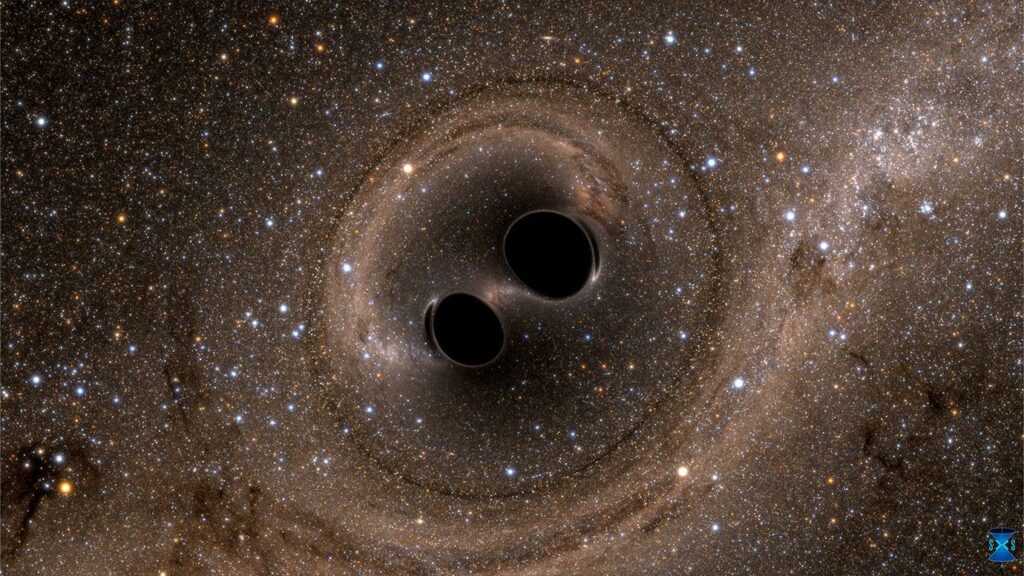“What’s in these things, anyway?” This is the ultimate question when it comes to black holes. These mammoth-seeming catastrophic gravitational collapses are the never-ending tempest of astro-sciences. Some black holes are only kilometers across while some seem to be gaping holes into frightening depths unfathomable.
Scientists at the University of Chicago have a new idea. The Hubble Constant is a mathematical and always-in-progress calculation. Until we find out there’s a big box or globe capturing our universe like a marble or throwing dice, this constant will be… constant.
Hubble’s Constant is the calculation that the speed the universe expands is relative to the distance it expands. Speed is relative to distance. As fast as the universe expands is the same distance as the speed.
While scientists can’t agree on how to measure Hubble’s Constant exactly, we still use its approximate knowledge to gauge one of the most ancient questions: “How big is this thing, anyway?”
When black holes crash into each other they create readable results: gravitational waves. The U.S. Laser Interferometer Gravitational-Wave Observatory (LIGO) and the Italian observatory called Virgo can pick up these waves. These events of titans clashing in cosmic head-butting battles offer us a grand signature to their doings. While we can’t see in real-time what’s happened or happening, we can hear the echoes ripple through space-time.
These waves have been read over the past few years by Virgo and LIGO and they’ve read about 100 pairs of black holes colliding. With this information, they can ascertain information about how large the black holes were. However, there will be a case of “signal degradation” like when you drive farther away from your favorite radio station.
Scientists have been able to gather this information but the new information needs meaning and clarity. With this in mind, they factor in that the waves will have varied in strength and been altered over distance and time and objects in the path of the waves. Their biggest question is calibration. How do we know how much the waves have changed from their original state? Using all the black holes they’ve collected data on and using them as a calibration tool, we have been able to get some kind of clarity on how to process and interpret these new influxes of data.
The current evidence suggests that most of the detected black holes are 5 to 40 times the mass of the sun. Scientists are confident that using the current knowledge and the current population of known black stars will help calibrate and correct errors in their calculations. Studying our galaxy compared to another is an area of mainstream interest but, the investigation of the areas “in-between” the galaxies is a hotbed of speculation and discovery.
By large and small, this new method of reading black holes relies almost entirely on Albert Einstein’s theory of gravity which has been surgically dissected and survived and has stood up to the literal test of time. Scientists are excited to keep proving (or disproving) themselves in the name of Science.
“We need preferably thousands of these signals, which we should have in a few years, and even more in the next decade or two,” said UChicago astrophysicist Daniel Holz.
Hopefully, this team of researchers will be able to optimally get thousands of signals to interpret and process. They are excited to keep testing this method in our own Human Constant: the eternal desire to learn.
The research is published in the journal Physical Review Letters.












